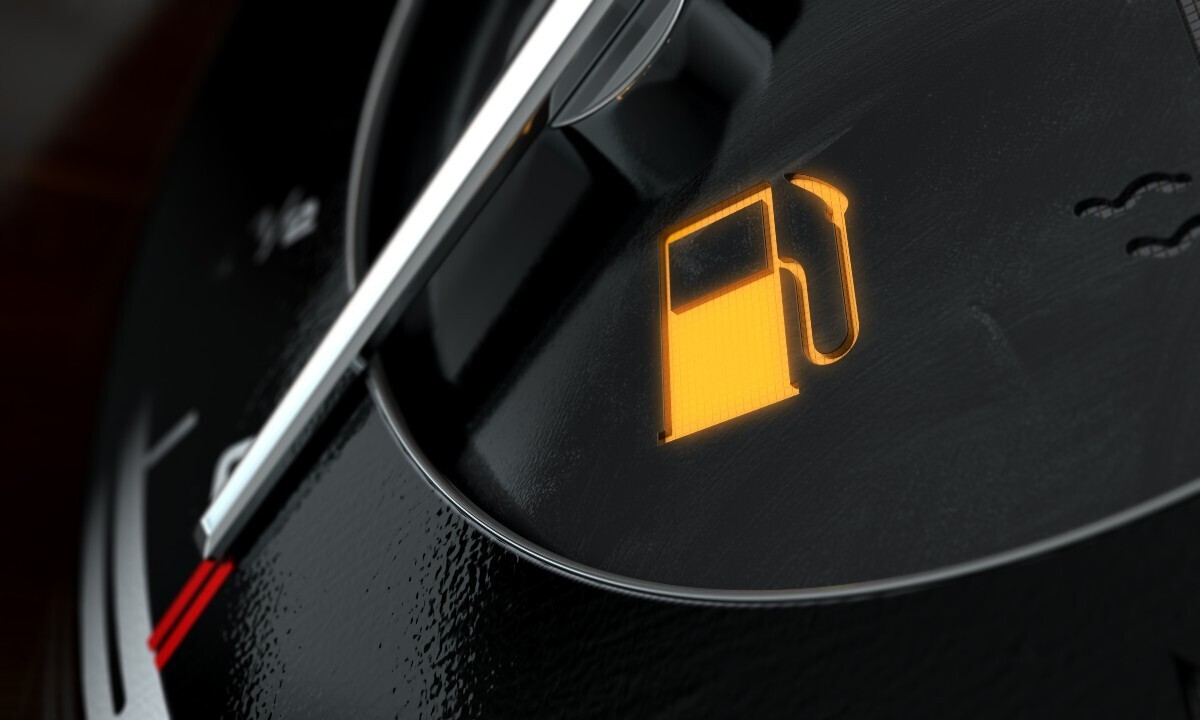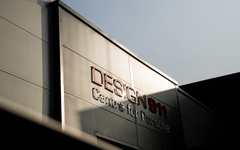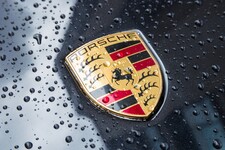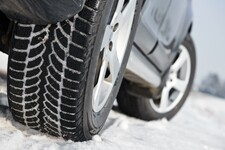
Efficient driving isn’t solely beneficial in terms of reducing unnecessary fuel expenditure – it can also prolong the performance of car parts, prevent wear and tear, and ensure your driving experience is smoother.
Driving consciously can even reduce carbon emissions and enhance road safety, where simple techniques such as gentle acceleration and braking keep your engine operating optimally and provide you with the time to respond to changing conditions.
Design911, the experts in approved Porsche oem parts and next day Porsche parts, shares some important tips every driver should know and explains why common errors can affect the longevity and condition of all cars.
What Are the Most Fuel-Efficient Driving Speeds?
Much like keeping a thermostat on a lower, steady setting rather than turning your heating off and on again at full blast, driving at a stable speed can conserve fuel, with most sports cars and passenger vehicles at their most efficient between 30 and 50 MPH.
If you’re driving on a dual carriageway or motorway, your speed will necessarily often be faster, but anything above around 50 MPH means you’ll burn a little more fuel for each mile you cover – with a difference of around 20% in fuel use once you reach 60 MPH.
The same principles apply to changing your speed continually because engines need greater fuel to increase speed in response to the accelerator. To reduce the energy requirements, you can:
- Accelerate gently, rather than going from, say, 20 MPH to 60 MPH as quickly as you can – excluding scenarios where this is important for safety, such as when overtaking or joining a faster-moving carriageway.
- Brake gradually over a longer distance instead of stepping hard on the brakes to bring your car to a sudden stop at the next set of lights or behind a queue of traffic.
- Coast to reduce your speed by removing your foot from the accelerator, where your car will naturally decelerate, and you can apply the brakes only when needed.
Cruise control functions can help avoid constant acceleration and braking, or you can deploy more advanced functions on modern vehicles, such as automatic braking or speed regulators.
Why Does Maintaining Your Vehicle Boost Efficiency?
The next area to focus on is vehicle maintenance, where worn parts and ageing components can affect the amount of fuel you need to drive your vehicle as you normally would.
Tyre pressure is perhaps the most obvious factor, where slightly deflated tyres, or those with a worn tread – even if the pressure and tread remain fully road-legal – will increase the time it takes to brake, reduce the grip your wheels have on the road, and mean you also use greater amounts of fuel.
For example, if your tyres are around 8 PSI below the recommended pressure, which you'll usually find shown on a label inside the driver's door or in your vehicle manual, you can increase your fuel requirements by as much as 4% - and more if the tyres are more deflated.
Regularly topping up your tyre pressure or keeping an eye on the pressure gauge displayed through your vehicle dashboard can add around 6,500 miles to the life of a set of tyres, which is no insignificant cost saving, particularly if you drive a premium vehicle with high-performance tyres which are more expensive to replace.
You can also remove any weightier objects from your vehicle that are not required for everyday use; think:
- Bicycle racks and bikes
- Roof racks and storage boxes
- Sports kits such as golf clubs
The real-world effect of aerodynamic drag, caused by having a roof rack on your vehicle, means the average motorway trip requires 20% more fuel, where the engine works harder to combat the pressure moving against the larger surface area of the vehicle.
In terms of extra weight, you'll find you use an extra 1% of fuel for every 25 kilograms of load, so removing a roof rack and taking out an occasionally used set of clubs could make a big difference in how quickly you need to refuel.
Which Modern Car Features Affect Fuel Consumption?
We’ve mentioned tyre pressure gauges and cruise control, but it’s also worth pointing out that all of the electronics and functions in modern cars are powered by the engine. Even if you are stationary with your engine on, you can use as much as 2.2 litres an hour just by keeping the engine ticking over to run the air conditioning, windows, stereo, sat nav and in-car lighting.
Air conditioning is one of the biggest drains on fuel, so if you can open the windows to take advantage of natural ventilation outside of areas with heavy air pollution, you can improve your fuel efficiency by a further 20% in the summer months. Recirculate functions on your air-con console are also less energy intensive.
Fuel consumption displays and in-car monitoring, where you can pick settings such as comfort, economy and sport, are also beneficial. Most drivers save up to 15% fuel by using consumption trackers in their vehicles and following the directions provided.
Is Premium Fuel Better Value Than Economy Brands?
Another potential way to extend the usage of each tank is to opt for a premium fuel rather than an unbranded economy option – most petrol stations will offer at least two types of petrol.
While the average premium unleaded fuel will cost around £0.10 more per litre, the higher-quality composition will also improve efficiency. The better the standard of fuel, the more efficiently the fuel burns, which means you can simultaneously reduce emissions and cut the costs of your journeys.
Most performance car manufacturers, including Porsche, recommend using premium fuel since this improves vehicle performance and helps maintain the engine, alongside the other advantages.
Regularly filling up a car with an engine designed for premium unleaded fuel with lower quality alternatives can even damage the engine over the long term. Budget fuel does not ignite as easily, so the cost savings over time outweigh the small difference per litre.
All of these ways to reduce fuel consumption add up, so driving at a steady pace, turning the engine off when you aren't moving, removing heavier items, and having your car regularly serviced with tyres at the optimal pressure can mean one tank lasts you almost double the time it normally does.
For more advice about fuel efficiency, Porsche OEM parts and fuelling recommendations, or ensuring your vehicle components and car parts are in great shape to avoid excess fuel consumption, please contact Design911 at any time.
Read more about Design911 - Design911 Reports New Tax Exemption Status for Porsche 944 Owners
About Design911
Design911 has established itself as the market leader, offering trade and retail customers a full range of OEM and aftermarket Porsche parts for general servicing and re-build as well as restoration and tuning for the UK, European and world-wide markets. The company’s impressive 34,000 sq. ft Essex headquarters comprise sales department, warehouse, workshop and body shop, as well as a showroom of classic Porsches for sale. We pride ourselves that we will be the company that can supply ‘every part for every Porsche’.
****
Source Company: https://www.design911.co.uk
Original Source of the original story >> How to Improve Fuel Efficiency When Driving







